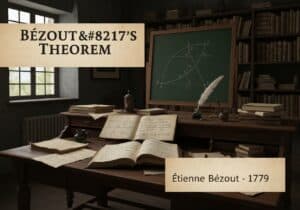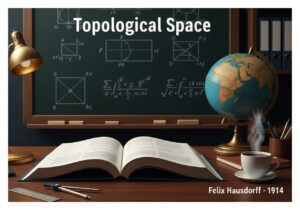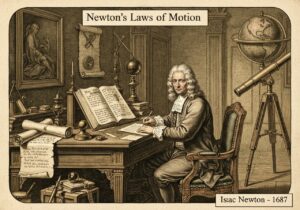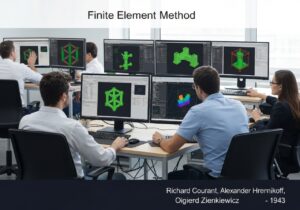
Les 3 piliers de la durabilité
The three pillars of sustainability, also known as the triple bottom line, is a framework that posits true sustainability requires balancing three main dimensions: environmental, social, and economic. Environmental sustainability focuses on preserving natural resources and ecosystems. Social sustainability addresses equity, community well-being, and human rights. Economic sustainability ensures long-term financial viability without compromising the…


















